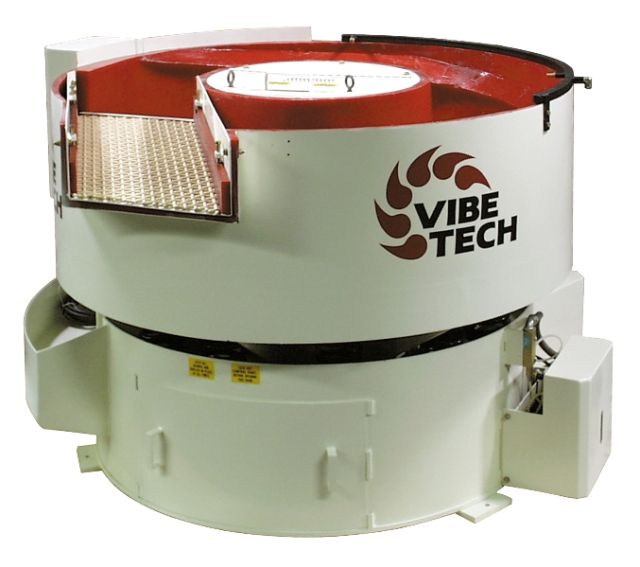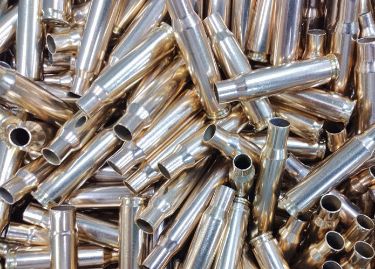Clean Reloading Brass Part 2
Do You Want Clean, Shiny Brass?
I'm sure you have seen a lot of clean and shiny reloading brass out there, but do you want yours to outshine all others? There are several ways of cleaning brass, but I'll walk you through our tried and true method, like what you see below - a real image of our once fired 308 brass.
Sort your brass
First, do you want your primer pockets cleaned or do you really care? Clean pockets make it easier to inspect your cases later, however clean pockets have not been proven to improve accuracy (but for that matter, clean brass doesn't either). Should you decide to decap before cleaning, use a Universal Decapping Die (Lee, RCBS, etc). Those will remove the primer without resizing the dirty case.
Next, sort your brass, not necessarily by caliber, but by case mouth size. Sounds strange, but the reason is to wash brass in a load that doesn't nest. Nesting is when one case or a case mouth, fits into another, which is the bane of reloaders everywhere. When brass is tumbled with different sized mouths, one case will get stuck inside of another, making it difficult to remove.
Wet Tumble Brass
Now put your sorted brass into a wet tumbler. If you have a small amount of brass, one of the Harbor Freight rock tumblers or a Lyman/Frankford Arsenal type wet tumbler will work well. For larger quantities, a concrete mixer can be used. We use a model similar to what's shown below and processes 250 pounds per load.
 Many people use media such as stainless steel pins, ceramic balls, or other media to clean their brass. These do a fine job of cleaning both the inside and outside of the brass, however, we don't use media, This saves the hassle of media brass separation at the end of the cleaning cycle. Neat, huh?
Many people use media such as stainless steel pins, ceramic balls, or other media to clean their brass. These do a fine job of cleaning both the inside and outside of the brass, however, we don't use media, This saves the hassle of media brass separation at the end of the cleaning cycle. Neat, huh?
In some circumstances you may have cases that are really, really dirty. Run them for an hour with just the Cascade and water mixture then drain. Add enough water to cover the cases and add more Cascade, then run for 5 minutes and let soak for a day or two, then run according to the directions above. DO NOT leave brass casings in Lemi Shine or Simple Green for more than a few hours. Additionally, never add ammonia or ammonia based cleaners to brass as thiis may weaken the cases, causing them to become brittle and crack.
Dry Tumble Brass
Lastly, place the wet brass into a dry tumbler with clean corncob media. Turn the machine on, then spray 1 squirt of Turtle Wax 1-Step Wax & Dry to the first 10 lbs of brass, then 1 squirt for each 25 lbs of brass. Run the dry tumbler for a couple of hours to dry and polish the brass. When you remove the brass from the media, you'll see it is clean, dry and very shiny! Now is a great time to do a detailed inspection of each piece of brass.
Additional Information
Many reloaders use Dawn instead of Cascade, which does work, however, when using a mechanical tumbler, a lot of unneeded suds are created. Cascade is a great low sudsing alternative to Dawn and does just as well.
Some reloaders will not decap prior to washing/drying due to corncob getting into the primer flash holes. However, since your first step in reloading these shiny cases is to resize them, any corncob in the flash holes should be pushed out with the decapping pin.
Conclusion
Appreciate your reading this article. Please leave any questions or comments below, and if you liked the article, please feel free to share it with your reloader friends.



Very helpful info! I've been using some of the same steps w/o the simple green & Lemi shine with good results.